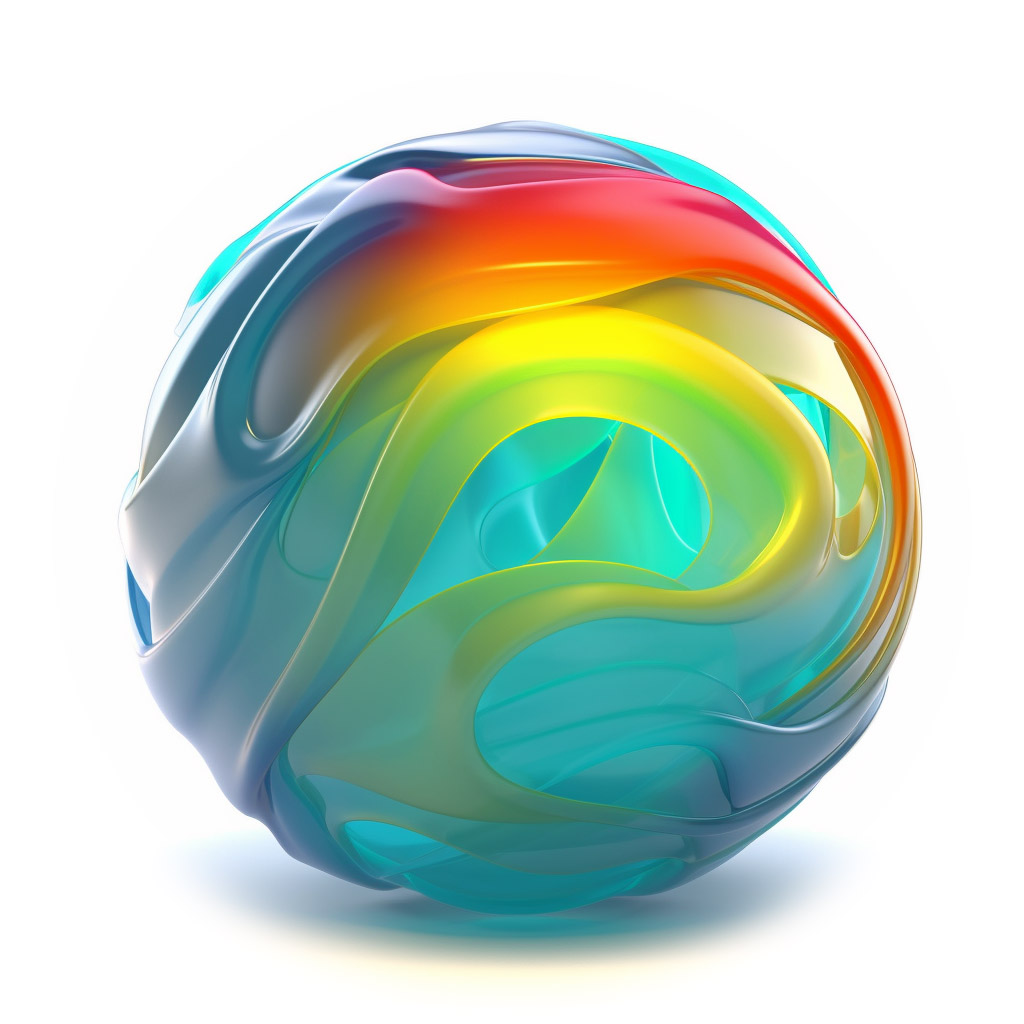
How do vector graphics handle complex shapes and curves?

What are some considerations for optimizing vector graphics for web delivery?

Can you explain the concept of vectorization in relation to converting raster images to vectors?
In the world of digital design, vectorization plays a crucial role in converting raster images to vectors. Vectorization is the process of transforming a raster image, which is composed of pixels, into a vector image that is made up of mathematical equations and coordinates. This conversion allows for greater flexibility and versatility in manipulating and resizing the image without losing any quality or sharpness. By understanding the significance and steps involved in vectorization, designers can unlock endless possibilities for creating stunning visuals.
What is the significance of vectorization in converting raster images to vectors?
When converting raster images to vectors, vectorization offers numerous advantages. First and foremost, it allows for the preservation of image quality and sharpness, regardless of the size or scale at which the image is displayed. This means that vectorized images can be scaled up or down without any loss in resolution, making them perfect for various applications such as printing, web design, and logo creation. Additionally, vectorization enables designers to easily edit and manipulate the image, making it a highly flexible tool in the digital design world.
How does vectorization enhance the quality of raster images when converting to vectors?
Vectorization greatly enhances the quality of raster images by eliminating the limitations associated with pixels. Raster images are composed of a fixed number of pixels, and when enlarged, these pixels become visible, resulting in a loss of quality and blurriness. However, vectorization converts the image into a series of mathematical equations and coordinates, allowing for infinite scalability without any degradation in quality. This means that vectorized images can be resized, stretched, or manipulated to any desired size, while maintaining the original clarity and sharpness of the image.
What are the key steps involved in the vectorization process for raster images?
The vectorization process involves several key steps to convert raster images to vectors. Firstly, the raster image is imported into a vector graphics software such as Adobe Illustrator or CorelDRAW. Then, the image is carefully traced and separated into different shapes and paths using various tools and techniques. This tracing process involves identifying the edges, lines, and contours of the image and converting them into vector paths. Finally, the vectorized image is refined and optimized by adjusting anchor points, smoothing curves, and adding necessary details or effects, resulting in a high-quality vector image.
How does vectorization improve the scalability and versatility of raster images?
Vectorization significantly improves the scalability and versatility of raster images. As mentioned earlier, raster images are composed of pixels, which means that the image quality degrades when enlarged. However, once the image is vectorized, it can be scaled up or down to any size without any loss in quality. This scalability makes vectorized images perfect for various applications, such as large format printing, where high resolution is crucial. Additionally, vectorization enhances the versatility of raster images by allowing easy modifications, color changes, and other edits. Designers can effortlessly manipulate and customize vectorized images to suit different purposes and adapt them for a range of design projects.
In conclusion, vectorization is a crucial process in converting raster images to vectors, offering numerous benefits such as improved image quality, scalability, and versatility. By understanding the significance and steps involved in vectorization, designers can unlock endless possibilities for creating stunning visuals in the digital design world. So, embrace the power of vectorization and elevate your design game to new heights!
